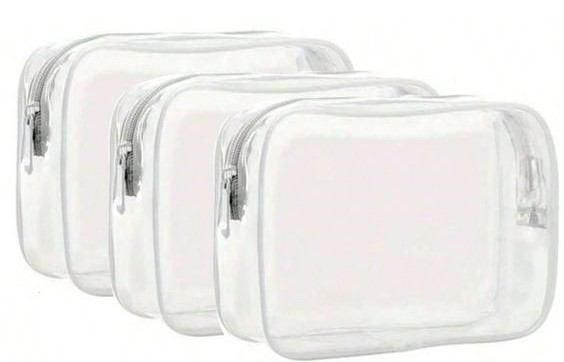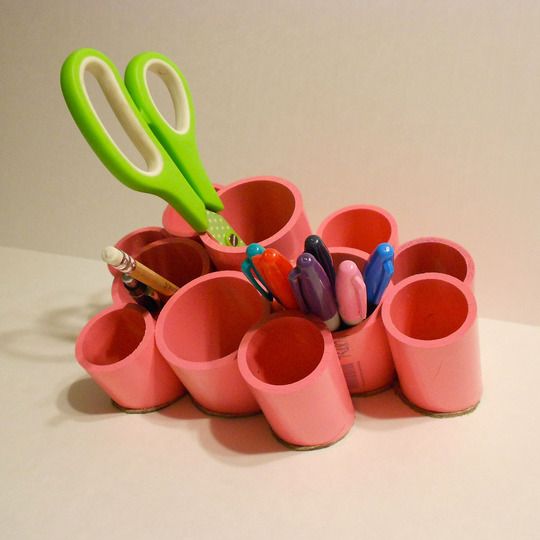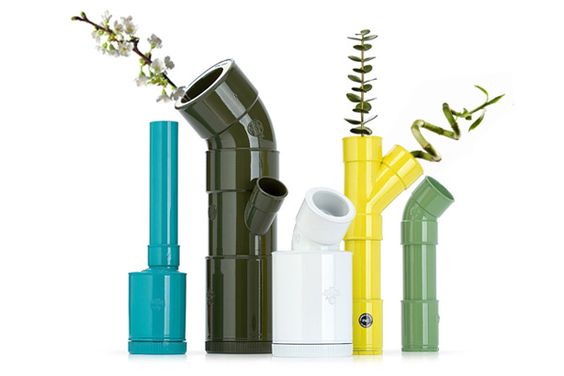1. Overview Of PVC Plastic
1.1. Introduction to PVC
PVC (Polyvinyl Chloride) is one of the most commonly used thermoplastic materials globally. Invented in the early 20th century, PVC quickly became an essential material in various industries due to its superior characteristics. This material is made from a combination of carbon, hydrogen, and chlorine—readily available and relatively inexpensive components. This makes PVC one of the lowest-cost plastics to produce.
With flexibility, durability, and excellent chemical resistance, PVC plastic is widely used in construction, healthcare, electronics, and household goods manufacturing. Some common applications include water pipes, electrical wiring, flooring, insulation materials, and protective coatings. The PVC industry has thrived for decades, creating a global economy worth billions of dollars.

PVC plastic used for household items
What sets PVC plastic apart from other plastics is its unique combination of low production costs and high utility, making it an ideal material for various purposes.
With more than a century of development history, PVC plastic has been continuously improved and more widely applied, thanks to new technological achievements. In recent decades, along with the rising awareness of environmental issues and the demand for sustainable materials, PVC plastic is gradually transforming into a more eco-friendly material, moving towards sustainable development.
Read more: Applications of PVC plastic in life
1.2. Characteristics of PVC
PVC plastic possesses outstanding characteristics compared to many other materials, particularly its chemical resistance, water resistance, and high durability. Here are some key features of PVC:
Flexibility: PVC plastic can easily be shaped and processed into many products with different shapes and sizes. This makes it suitable for various applications, from water pipes to partitions, product packaging, and even large construction materials.
High Durability: PVC plastic has good resistance to mechanical impact, chemicals, and harsh weather conditions. This allows it to be widely used in outdoor environments, underwater, or in systems that must endure high pressure.
Recyclability: One of the great advantages of PVC is its recyclability. PVC plastic can be recycled multiple times while retaining its basic properties, helping to reduce plastic waste and conserve natural resources.
Low Production Costs: Compared to other materials with similar functions, PVC plastic has much lower production costs. This creates significant market competition and helps manufacturers maintain reasonable pricing for their products.
Thanks to these outstanding characteristics, PVC plastic is not only a familiar material in modern industries but is also being improved to better align with the future trends of sustainability and green development.
Read more: Information about PVC plastic

Flexibility of PVC
2. Trends Of PVC Plastic That Might Happen
2.1. Sustainable Development Trends
One of the main trends of the PVC industry in the future is sustainable development. With increasing environmental regulations and pressure from the community to use more eco-friendly products, PVC plastic manufacturers are focusing on minimizing the environmental impact of their production processes. This includes reducing CO2 emissions, optimizing production processes to save energy, and improving PVC recycling technology to extend the lifespan of products.

PVC plastic becomes green material
Additionally, PVC plastic is being developed to become a "greener" material, with new technologies such as biodegradable PVC and bio-based PVC. These solutions not only help reduce plastic waste but also open opportunities for developing more environmentally friendly PVC plastic products, meeting the demands for sustainable development standards.
2.2. Innovations in Production Technology
Green technology trends are driving innovation in PVC plastic production processes. Manufacturers are investing in more advanced production lines to save energy and resources. This includes using renewable energy sources such as solar and wind power to reduce electricity consumption during PVC plastic production.

PVC plastic sheet
Modern PVC plastic production technology also focuses on optimizing the production process to minimize waste and ensure that PVC products meet high standards for quality and performance. Some emerging technologies include:
Modern Injection Molding Technology: Enhances product uniformity and minimizes production defects.
PVC Surface Treatment Technology: Improves weather resistance, water resistance, and durability of the final product.
Thermoplastic Recycling Technology: Allows the reuse of used PVC without degrading the material’s quality.
2.3. Recycling and Waste Reduction
Another important trend for PVC plastic in the future is the focus on recycling and waste reduction. PVC plastic is a recyclable plastic, and with advances in recycling technology, many used PVC products can be recycled and reintroduced into the supply chain. This helps reduce plastic waste and conserve natural resources.

Sustainable PVC plastic
Many countries and regions have implemented policies encouraging the recycling of PVC plastic and reducing plastic waste in industries. These efforts not only help minimize the negative impact of PVC on the environment but also contribute to promoting the development of a circular economy—where PVC products can be reused and recycled multiple times before being completely discarded.
2.4. Applications in Green Technology
PVC plastic is also becoming an important part of green technology and energy-saving projects. New applications of PVC include its use in renewable energy systems, such as solar panels and wind turbines, as well as in insulation solutions for construction projects to reduce energy consumption.
The development of future materials from PVC plastic will continue to help this industry contribute to building energy-saving structures while reducing carbon emissions and negative environmental impacts.
3. Conclusion
3.1. Summary of Key Trends
PVC plastic is a crucial material in the modern economy and continues to develop towards sustainability and environmental friendliness. With innovations in production technology, recycling, and the development of new PVC products that are more eco-friendly, the PVC industry is moving towards waste reduction, energy savings, and contributing to global sustainable development goals.

PVC plastic recycling
Green technology and high environmental standards are steering the PVC industry in a positive direction, creating new opportunities for manufacturers and consumers alike. The development of future materials like PVC plastic will help improve production efficiency, reduce costs, and create products that meet sustainability standards.
3.2. Core Message
PVC plastic is not just a material for the present but also for the future. With remarkable advancements in green technology and continuous innovation, PVC plastic is reshaping the plastics industry by offering eco-friendly solutions that help preserve our planet's natural resources for future generations. As the demand for sustainable materials grows, PVC's versatility and potential for further technological enhancements make it a key component in the transition towards greener industries. The evolution of PVC ensures that it will continue to be a valuable material in various sectors while contributing to global sustainability goals. In a world increasingly driven by environmental consciousness, PVC plastic stands as a testament to how traditional materials can adapt, innovate, and play a role in shaping a better future for all.
4. About EuroPlas
With extensive experience in providing plastic solutions, EuroPlas proudly stands as a leading supplier in Vietnam for high-quality plastic products and services. We offer a diverse range of products, including plastic fillers, color masterbatches, additive masterbatches, recycled plastics, engineering plastics, and biodegradable plastics. Each product is designed to enhance performance, reduce costs, and deliver sustainable solutions for manufacturers. We are committed to supporting our customers in optimizing their production processes, ensuring that the final products meet the highest technical standards
Contact EuroPlas today to stay ahead of the latest PVC plastic trends, optimize your production processes, and build a sustainable future together!